It is the end of the year in Provence. Winter has arrived, temperatures are quite cold and the mistral is blowing. It has been over two months since I returned to France. I missed Iceland a lot at first and then the days went by and I let myself be absorbed by the multiple projects I started. I went to Camargue many times, near the sea but also more inland, in the Provencal plain. I went for a hike or a bicyle ride, with my parents or alone, rediscovering this country with which I have a somewhat conflicted relationship.
Provence during the summer season is, for me, an unlivable place. An arid and dry plain where making the slightest movement requires a monumental effort. I am exaggerating a bit, but it is not that far from reality. But right now it is winter and the climate has nothing to do with the summer time. The temperatures are cool to cold, the vegetation is very green following the heavy rains of autumn and the light is magnificent. The days are short but when the weather is not overcast (very regularly thanks to the Mistral), the light is of a magical purity depositing a peaceful and simple atmosphere on the landscape. I like going for a run, a walk or a bicycle ride at the end of the afternoon in order to enjoy the sunset which poses pretty pale pink hues on the trees along the Rhône. It is very beautiful and it differs greatly from my memories.
Provence is a large region in the south of France officially called the Provence-Alpes-Côte d’Azur region. It covers a variety of landscapes and environments made of large plains (such as the Rhône plain where my parents live), small limestone massifs, Garrigue areas, coasts and medium range mountains (the Pre-Alps). The vast majority of the climate is Mediterranean transforming into alpine in the Pre-Alps. For me who lives, at the moment, in the Mediterranean part near the coast, Provence, is a set of fields and agricultural plains where olive trees, vines, lavender and fruit trees grow (in Spring) with some leafy trees (which have currently lost their leaves) surrounded by small limestone ranges covered with garrigue.
Similar to the maquis shrubland, the garrigue is a type of vegetation growing on the Mediterranean limestone reliefs. The soil covered with white stones only allows small trees to grow. These are mainly composed of olive trees, holm oaks, holly trees, pines and strawberry trees. In addition, there are many bushes and plants such as juniper, boxes, thyme, rosemary, broom, sarsaparilla or prickly pear. Little shade to protect from the sun but many strong and heady smells to perfume the nostrils. On the side of the fauna there are many insects, snakes (especially in summer), lots of lizards and rabbits, a lot of wild boars (invisible during the day) and a crowd of birds including gray harriers. In summer the scrubland suffers from drought and it is not uncommon for fires of natural (or human) origins to start.
For several years, the garrigue has seen its boxes trees devoured by the box tree moth. Native to East Asia, the insect is a moth whose caterpillar feeds exclusively on box trees. The insect arrived in France in the 2000s and since the proliferation of the butterfly has multiplied, the insect having no predators (in Europe). The only boxes still spared are those at higher altitudes, the insect being not happy with cold climate. The vast majority of the bushes we pass by on our walks have been completely ravaged. Only a skeleton remains with its branches covered with sticky cocoons. In places we walk for kilometers in the middle of dead trees. The disaster is huge. However, in the last year or two, my parents have noticed that some shrubs are starting to regrow. Some green leaves reappear here and there leaving hope for a possible positive development and highlighting the resilience of nature. It may be that by devouring almost every box trees, the moth has condemned itself to its destruction having nothing left to eat. An evolution to follow in the coming years but which seems to ironically reflect the current situation of the world and of human society.
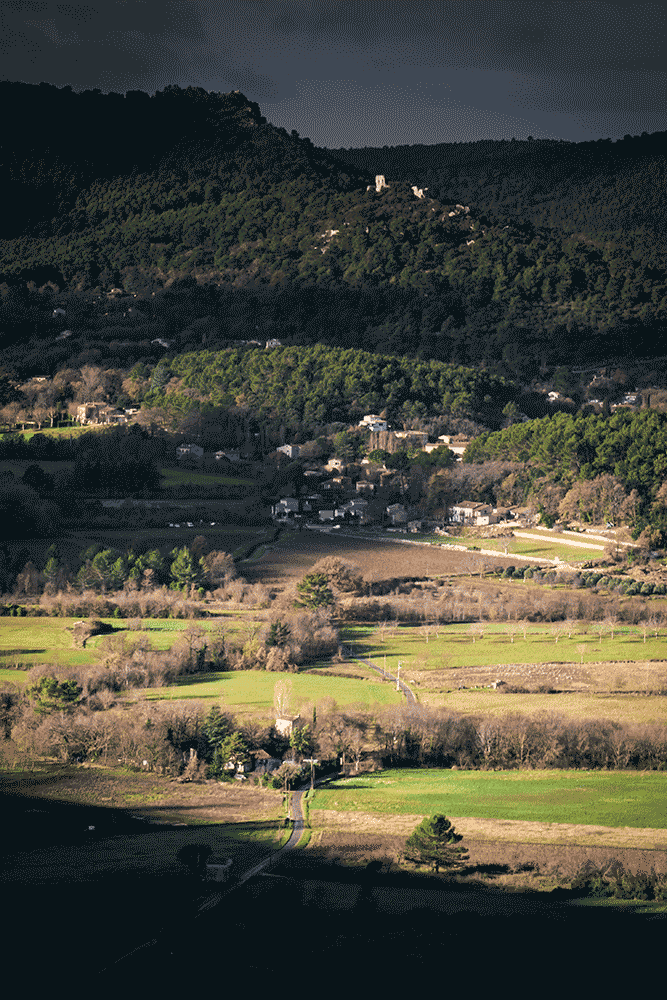
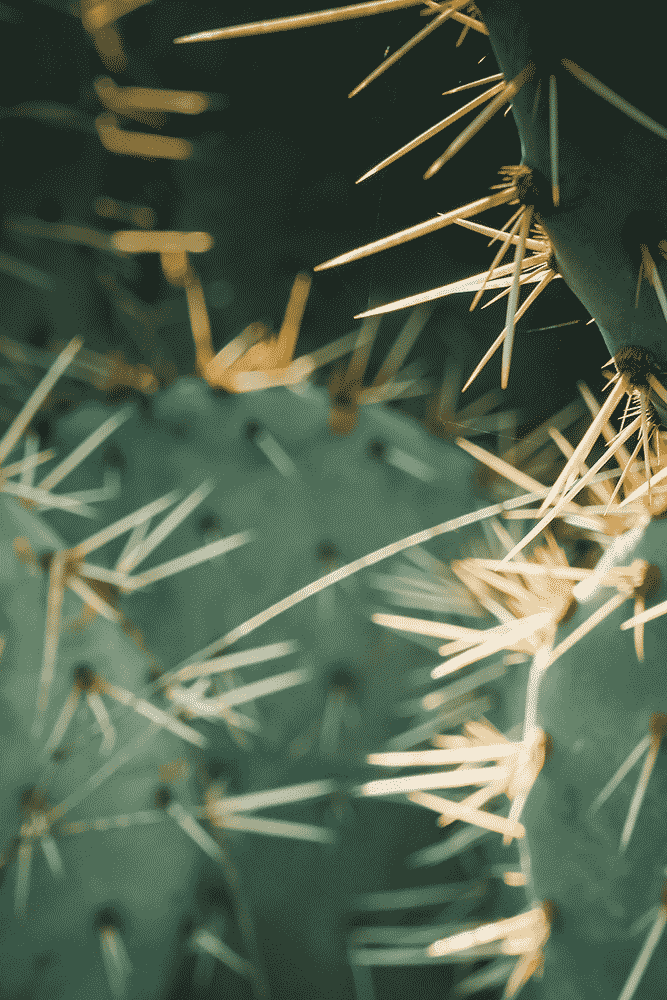
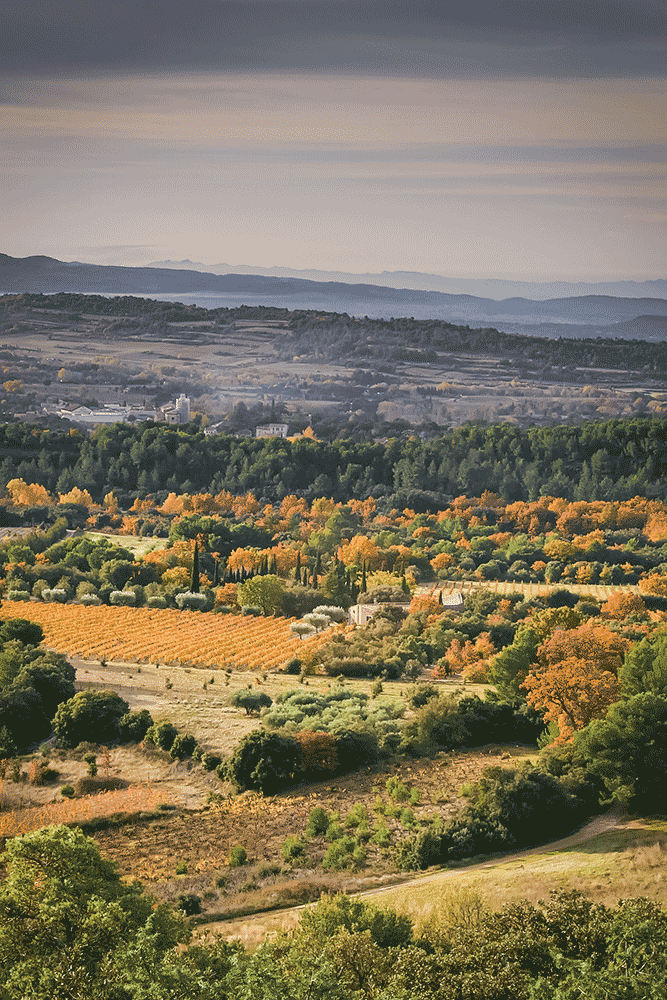
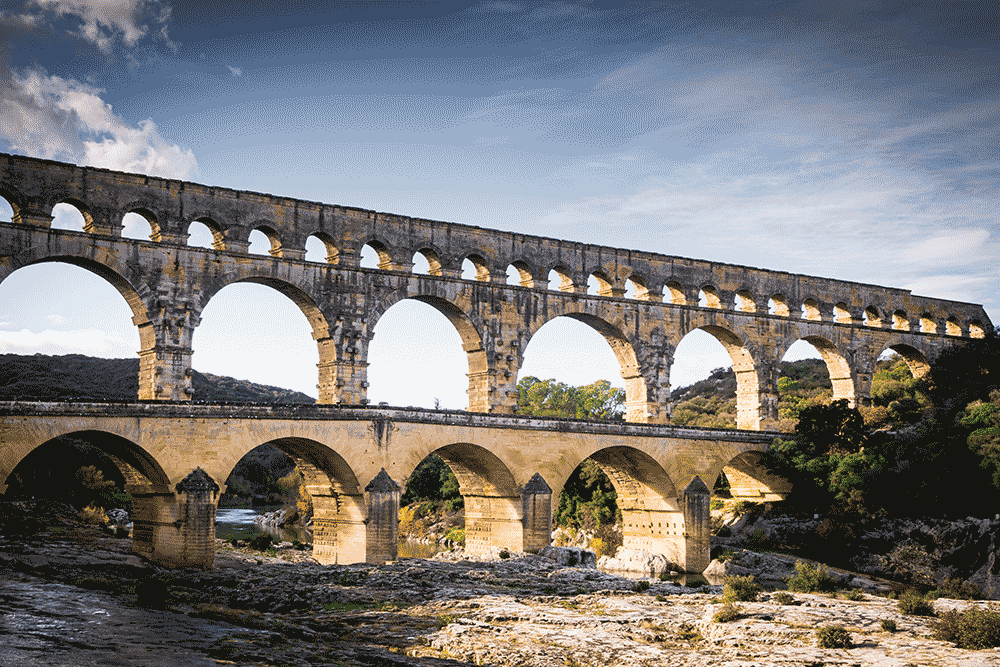
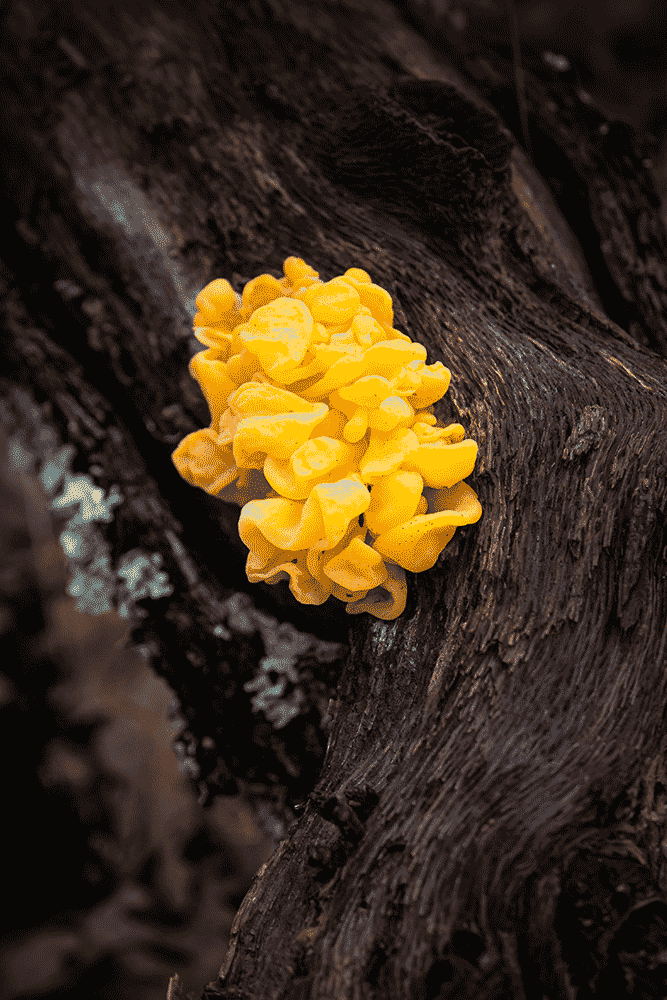
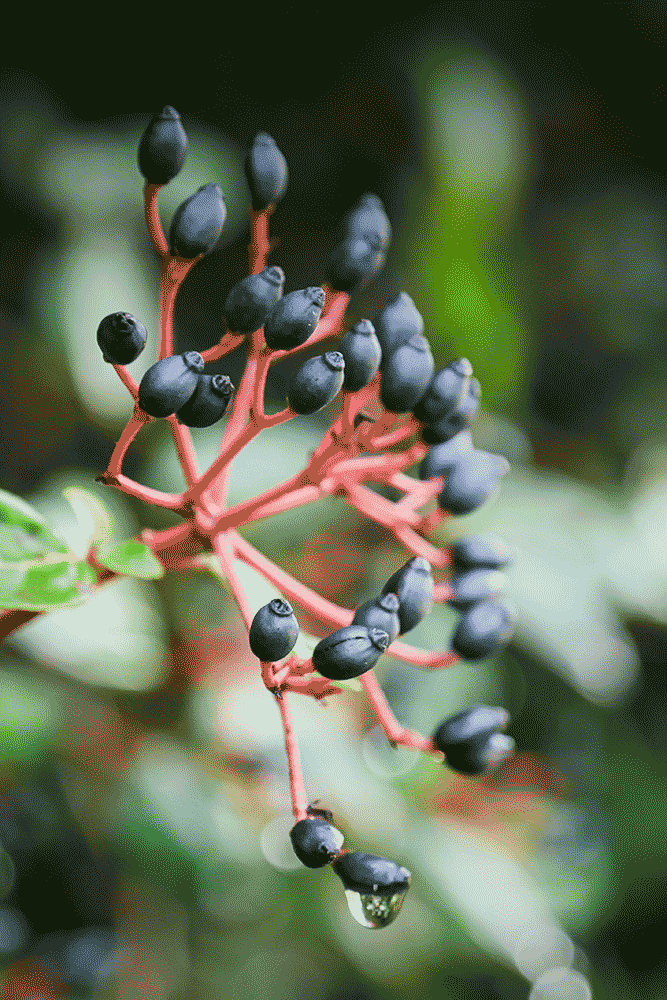
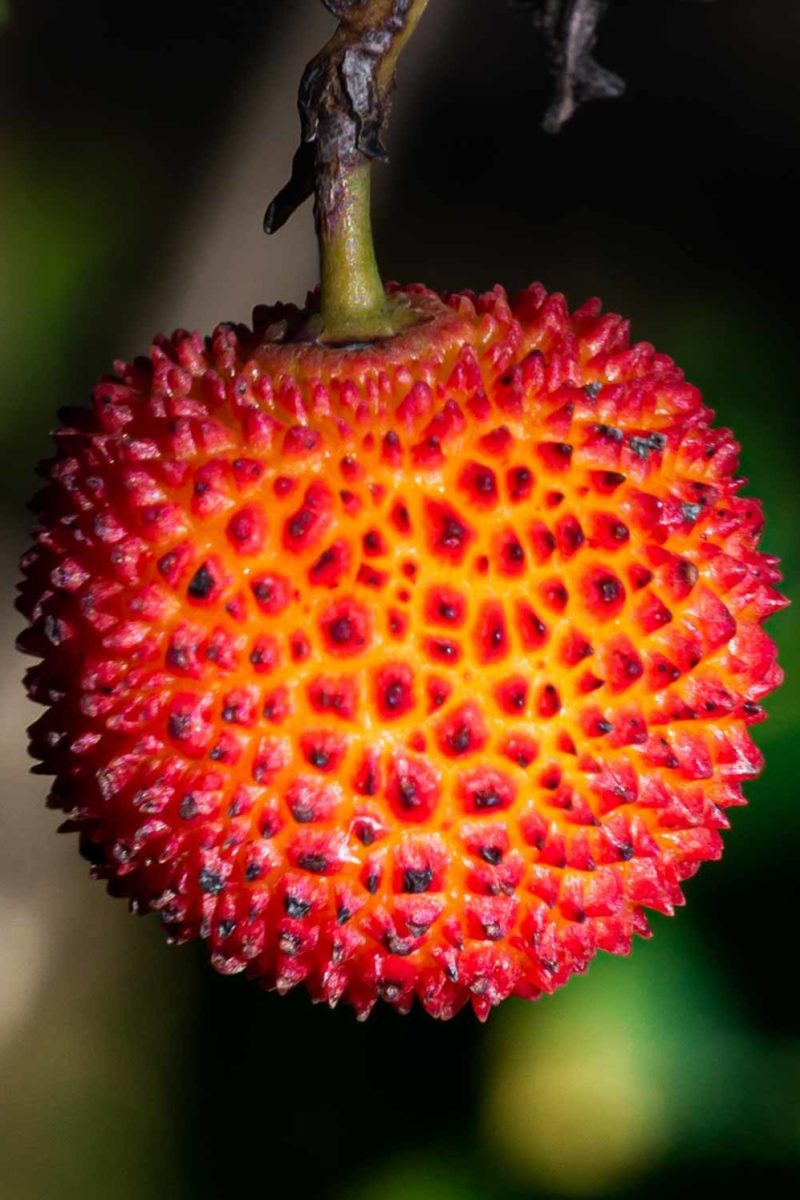
The Pont du Gard, between Uzès and Remoulins was used for the passage of a Roman aqueduct. A gelatinous Tremelle, the metallic blue fruits of Laurel Tin and a arbutus fruit.
While strolling in the scrubland of the region, it is not uncommon to come across prehistoric or medieval remains. This is what remains of the intense agricultural activity that used to take place here. Many terraces and stone walls are still visible as well as “bories” or dry stone huts, small architectural masterpieces often half collapsed, formerly used as shelters for farmers and shepherds. There is generally a nearby “aiguier”, a kind of cistern dug in the rock, covered or not and used to collect rainwater. Black areas can also be seen where often very poor families cut and burned the wood of the garrigue to make charcoal sold in town. A little further towards the Sainte-Baume massif are coolers still in place. These gigantic stone constructions dug about thirty meters deep and rising about twenty meters above the ground were used to store ice and used around 1830. The industrial revolution and the rural exodus have ended all this activity and nature has gradually taken back its rights. The region is also known for the many Roman remains, small castles and monasteries it shelters, testimonies of a region which has undergone many changes and occupies an important place in the history of France.
I like to walk in winter in Provence, to rediscover the landscapes, the ruins buried under the scrubland, the empty agricultural plains and the pretty little villages with traditional architecture. In the distance, overlooking the valley like a small Mount Fuji, spreads out Mont Ventoux. Culminating at almost 2000m, the Giant of Provence is an isolated limestone relief whose top is devoid of vegetation causing the illusion from far to be permanently covered with snow. The Mistral blows there permanently. Formerly traversed by shepherds and their cattle, the mountain is today surveyed mainly by cyclists in search of challenge and regularly serves as a stage in the Tour de France. In winter it is not the best place to go for a walk because it is damn cold.
Rediscovering the region during the last two months of 2019 opened my eyes to the environment around me and allowed me to change my ideas about the area. I still don’t think I will be able to enjoy it in summer but in winter life is peaceful and pleasant and I appreciate that. It is really in winter that Provence reveals its full potential for hiking and cycling. In summer the strong heat makes all activities difficult.
Spending the end of year celebrations here, in this decade which is ending and after five years abroad, was also an opportunity to exchange with my family. This decade was full of discoveries, good lessons and difficulties, but I am grateful for all that it has taught me. I am also satisfied to have successfully completed the projects I started and I really hope that this new starting year will be the one of success, of change and my definitive entry into the future. Best wishes !
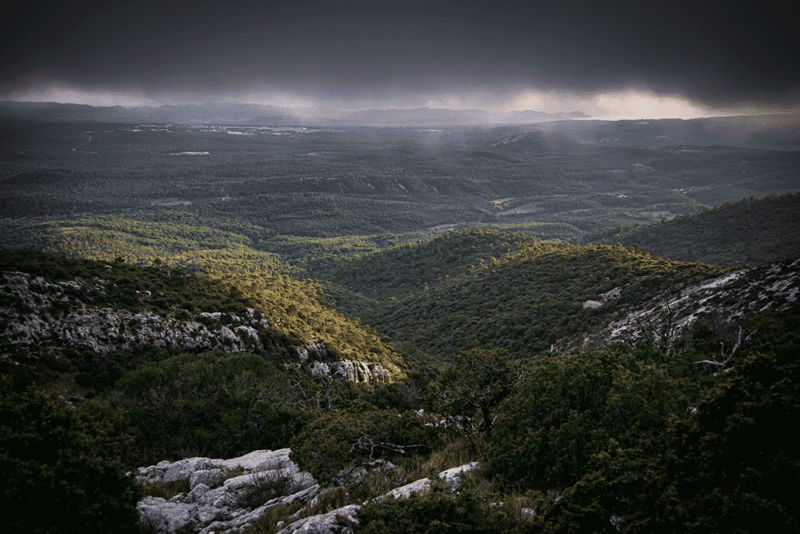
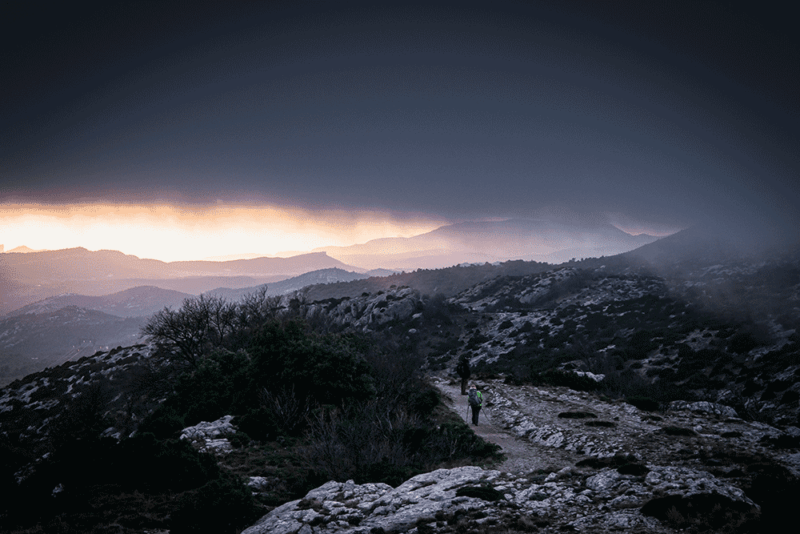
The Sainte Baume massif.
